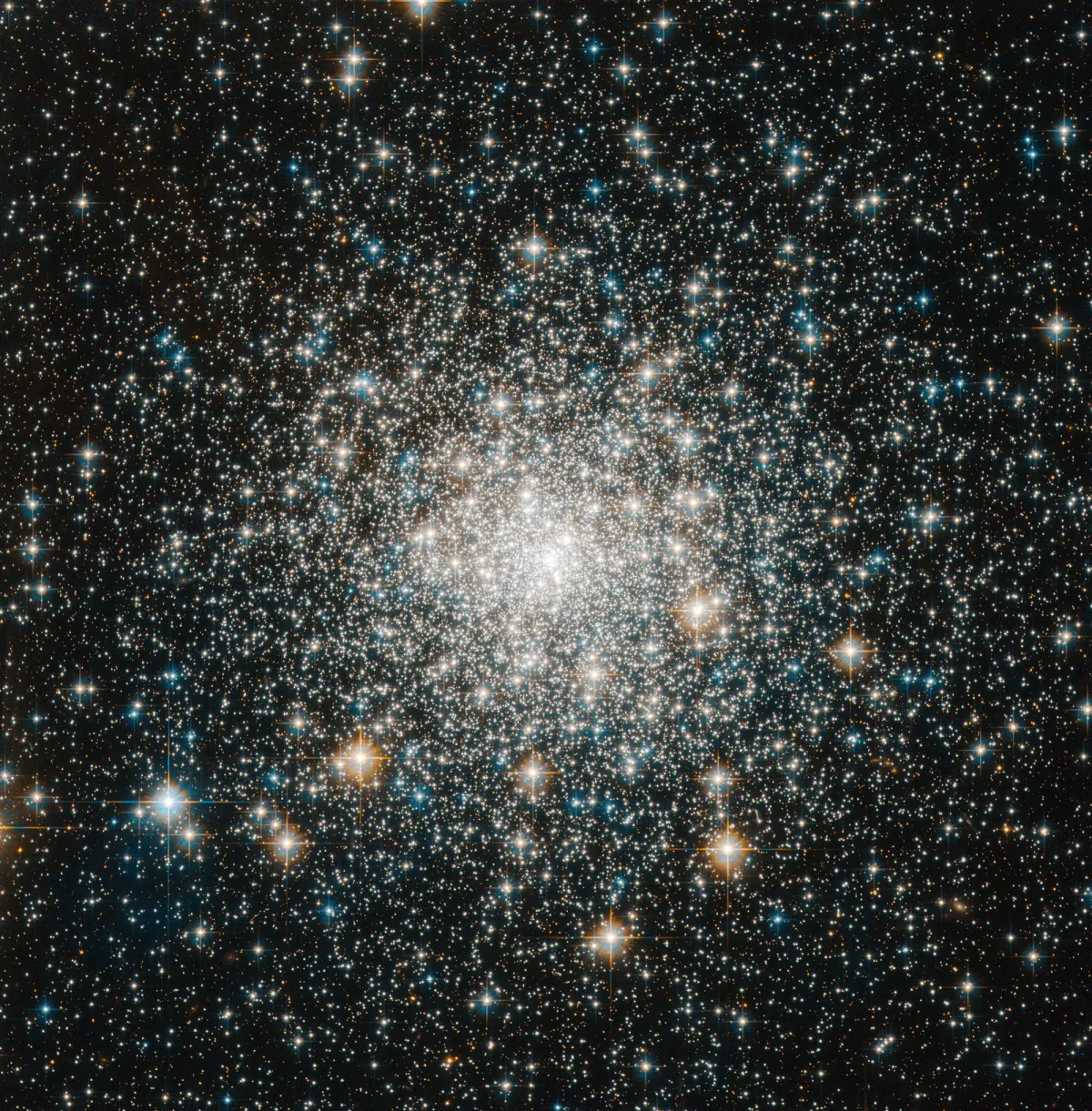Globular Cluster Messier 70

History
Charles Messier discovered the globular cluster M 70 on 31 August 1780, the same night he checked the discovery of Lacaille (M 69). He published the following note: «Nebula without a star, right next to the previous one [M 69] and on the same parallels: right next to it is a 9th magnitude star and under the nebula four small stars, almost on the same straight line, very close to each other seen through an inverting telescope; the nebula with the same star ε in Sagittarius is determined.» [281]
Physical Properties
The core region of M 70 experiences a phenomenon known as core collapse: More and more stars are pushing their way into the centre, so that the star density there is higher than in average globular clusters. The stars in a globular cluster all orbit a common centre of mass. Some have almost circular orbits, others in turn strongly elliptical that bring them far outwards. As the stars interact with each other over a longer period of time, the lighter stars gain speed and move to the edge of the cluster. The heavier stars slow down and concentrate towards the centre. This effect causes the typical dense centre of a globular cluster that has undergone a core collapse. About a fifth of the 150 known globular clusters in our Milky Way had experienced such a core collapse. M 70 is around 70'000 light years away. [215]
| Designation | NGC 6681 |
| Type | GCL (V) |
| Right Ascension (J2000.0) | 18h 43m 12.7s |
| Declination (J2000.0) | -32° 17' 29" |
| Diameter | 8 arcmin |
| Visual magnitude | 7.8 mag |
| Metric Distance | 9.000 kpc |
| Dreyer Description | globular, B, pL, R, gbM, st 14…17 |
| Identification, Remarks | h 3756; GC 4428; M 70; GCL 101; ESO 458-SC3 |
Finder Chart
M 70 is located in the constellation Sagittarius on the lower edge of the «Teapot» in the middle between the two stars Ascella (ζ Sagittarii) and Kaus Australis (ε Sagittarii). The globular cluster M 69 lies on the same declination only 2.5° to the west. In the months of February to December this constellation climbs highest over the southern horizon at night.
